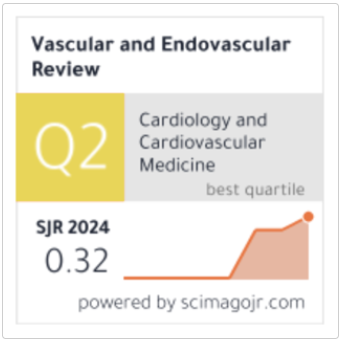Prevalence and Risk Factors of Needle Prick Injuries among Paramedics during Emergency Procedures: A Systematic Review
Keywords:
Needle-stick injuries, paramedics, emergency procedures, occupational exposure, infection control, blood-borne pathogens.Abstract
Needle-stick injuries (NSIs) remain one of the most critical occupational hazards for paramedics working in emergency medical settings. These injuries expose healthcare providers to potentially life-threatening blood-borne infections such as hepatitis B virus (HBV), hepatitis C virus (HCV), and human immunodeficiency virus (HIV). This systematic review aims to synthesize global evidence on the prevalence, associated risk factors, and preventive strategies concerning needle prick injuries among paramedics during emergency procedures. Databases including PubMed, Scopus, Web of Science, and Google Scholar were systematically searched for studies published between 2016 and 2025. The findings reveal that the prevalence of NSIs among paramedics ranges between 10% and 35% annually, with underreporting rates exceeding 50%. Major risk factors include time pressure, inadequate safety training, fatigue, lack of protective equipment, and unsafe disposal practices. The review highlights the urgent need for targeted educational programs, safety-engineered devices, and a robust reporting culture to minimize occupational exposure. A conceptual model is proposed to guide institutional strategies for prevention. Strengthening the safety culture among emergency medical personnel is essential to ensure a protected and sustainable workforce.








